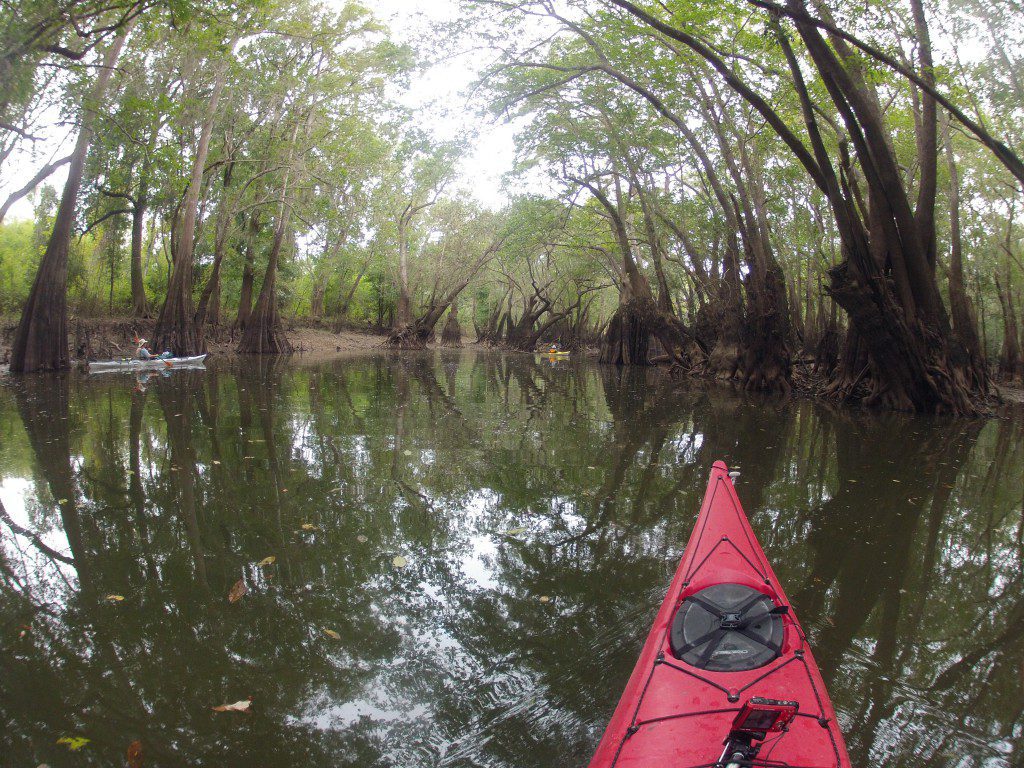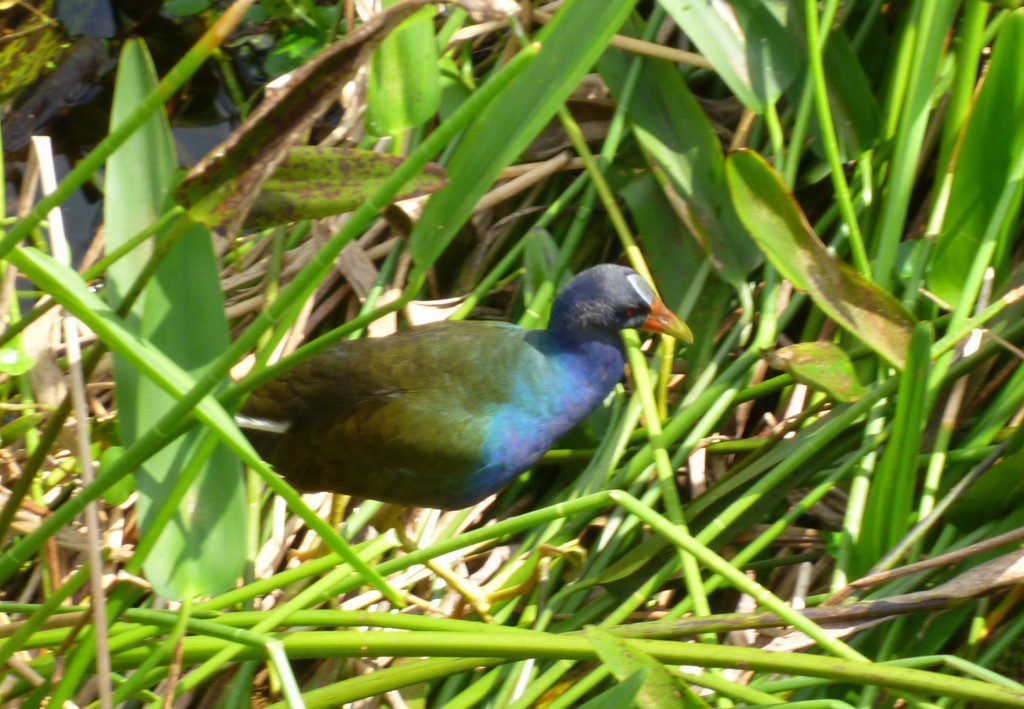Rob Diaz de Villegas WFSU-TV
Dr. Harold Kroto has a soccer ball. Drs. Randall Hughes and David Kimbro have WFSU-TV (and me). IGOR associate producer Rebecca Wilkerson produced the video above, the first SciTalk, our new video series on how scientists talk to people who aren’t scientists, about science. It stars Dr. Kroto, a Nobel Laureate for his co-discovery of buckminsterfullerenes. And hey, how about that, bucky balls look exactly like soccer balls! For Kroto’s audiences, this is the gateway to the complex chemistry of carbon composites, made simple and clean.
Simple and clean is not so much our approach to communicating science. We do ecology, and ecology has a lot of connectedness. A river carries fresh water and nutrients (our participation in the RiverTrek paddle down the Apalachicola the last couple of years). If that water doesn’t flow, there can be problems with oysters in the bay (our coverage of David’s research into the failure of Apalachicola Bay reefs). When the oysters die, the seafood industry crashes (how we incorporated oystermen into our coverage of David’s research).

How about a kayak adventure as a way to communicate ecology? On this year’s RiverTrek (also this past week), we explored ecosystems other than oysters that are affected by low water flow. This is Sutton lake, which runs off of the Apalachicola River. With last year’s record low flow, we never got to paddle to these old growth cypress and ogeechee tupelo trees further off the river. In our upcoming RiverTrek 2013 videos, we get deeper into this and other ecosystems surrounding the river. Look for a two-part EcoAdventure in November.
We don’t have a soccer ball. We have a soccer stadium.
Sometimes you can shrink a research topic down into a icon; sometimes you zoom out and look at the world around it.
Our first SciTalk video happened to air the same week as Science Online Oceans, a conference where marine scientists are hard at work trying to get you (the nonscientists reading this) to care about ocean science. I moderated a discussion on scientist/ filmmaker collaboration (follow the online side of that discussion at #sciofilmmaker), and attended a few very helpful sessions where I gained some knowledge I’d like to use. Technology offers some tantalizing opportunities, but new gadgets and web tools aren’t an automatic guarantee that people will pay attention to and absorb your message. As you can tell from the hashtags, for instance, ScioOceans is a Twitter-heavy affair. But who’s seeing our tweets? And I would love to set up a virtual field trip to an oyster reef for school children using a Google Meetup. There are so many new tools, and yet, watching the video above, I can’t help but notice how engaged the kids look as they build bucky ball models. Dr. Kroto is doing a good deal of outreach in person, with a soccer ball. In the end, the content of the message is still more important than the device that delivers it.
We will continue our SciTalk videos (not the newest technology, but still effective), looking at what scientists, educators, and community organizations are doing to make science interesting. We’ll also continue exploring our local ecology. Look for a two part RiverTrek 2013 EcoAdventure. The water was higher on the Apalachicola this year, and we’re exploring more of the area around it.
Of course, when you’re communicating ecology, flashy animals are always a big help. So I leave you with this purple gallinule, spotted on our ScioOceans Everglades field trip (#scioglades).
This material is based upon work supported by the National Science Foundation under Grant Number 1161194. Any opinions, findings, and conclusions or recommendations expressed in this material are those of the author(s) and do not necessarily reflect the views of the National Science Foundation.

